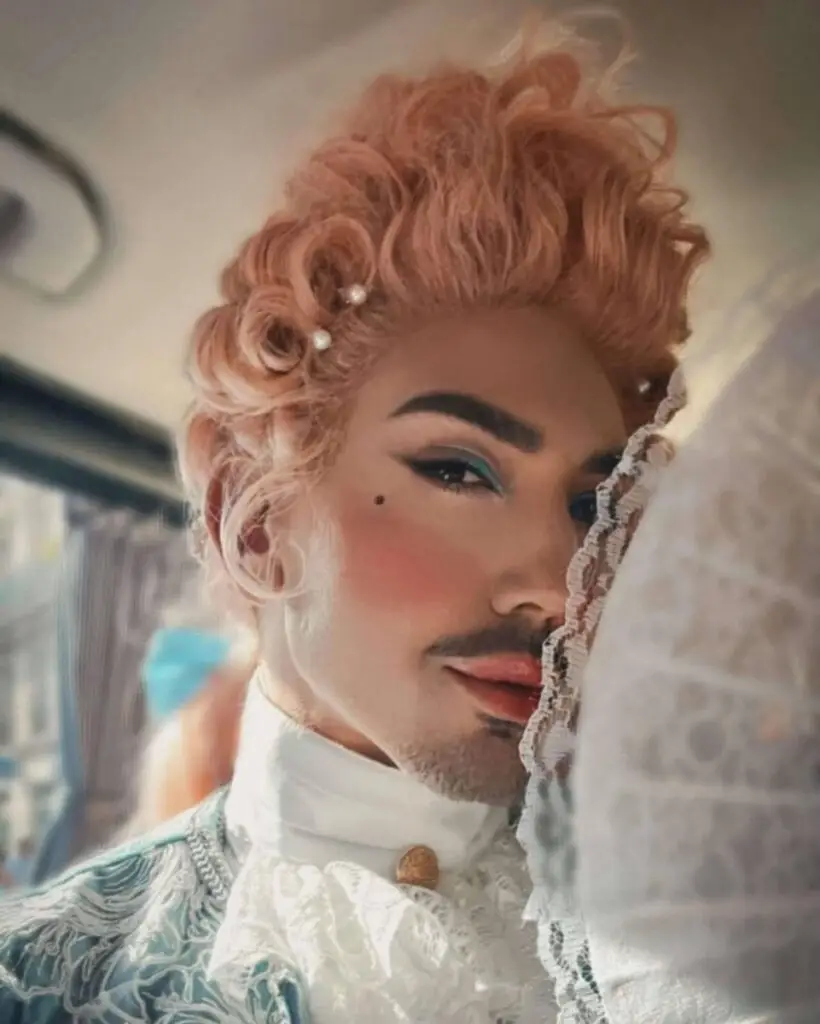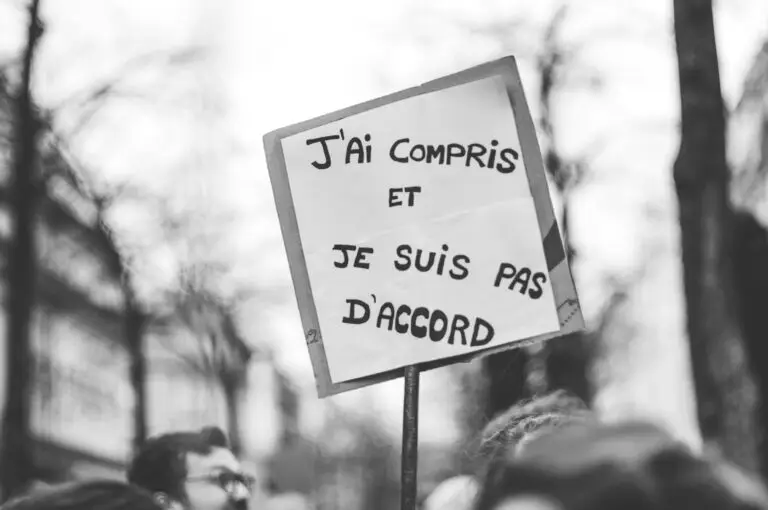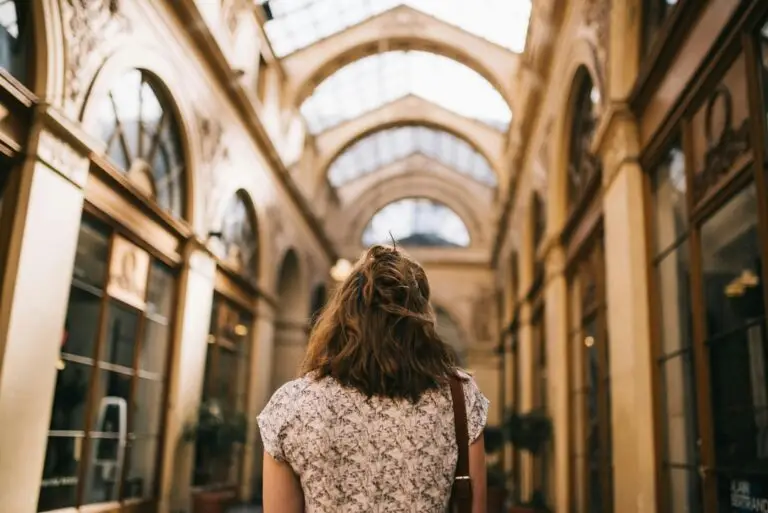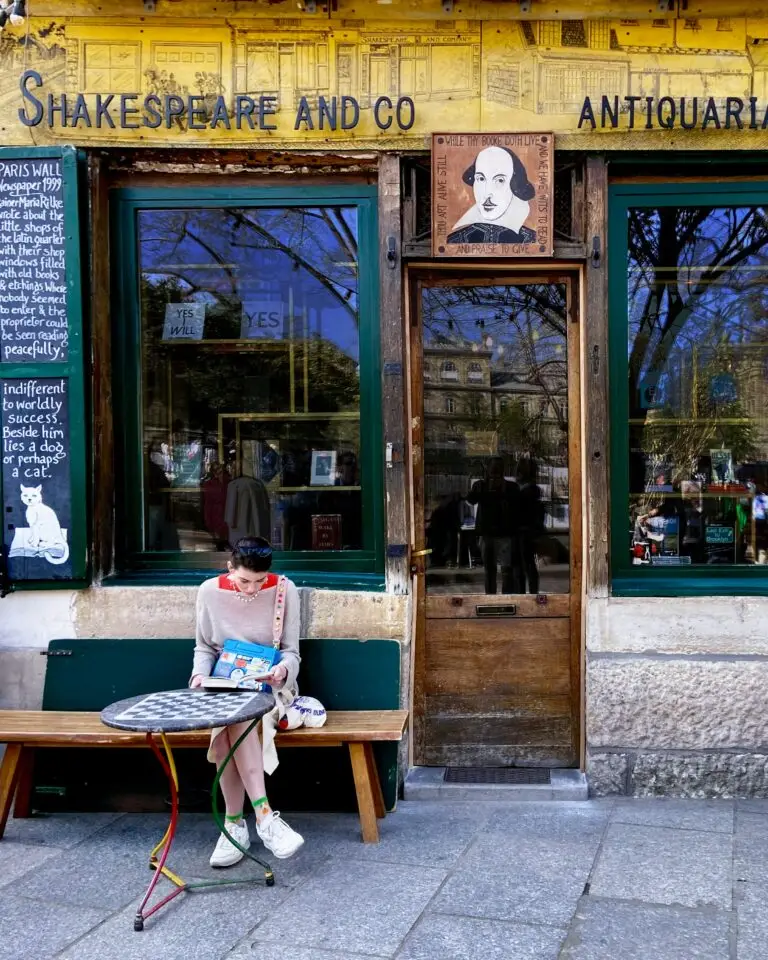Looking for some Marie Antoinette hair inspo?
From the towering powdered poufs of Versailles to today’s playful vintage updos, her influence continues to shape how we dream up statement hairstyles. Whether you’re crafting a costume look, seeking bridal inspiration, or just obsessed with retro glamour, there’s no shortage of drama or detail in the world of Marie Antoinette-inspired hair.

What do pastel wigs, mile-high curls, and a warship made of hair have in common? They all belonged to the woman who turned hairstyling into high art: Marie Antoinette. Long before influencers, she was the queen of going viral—setting trends across Europe with hairstyles so dramatic, so decadent, they’re still making waves centuries later.
Today, we’re not just looking back—we’re borrowing from the best. Whether you’re dreaming up a show-stopping costume, curating a bridal look, or simply scrolling for vintage hair inspo, Marie Antoinette’s signature styles remain the ultimate in beauty and boldness.
This guide is your portal into the powdered, pearl-pinned, and perfectly extra world of Marie Antoinette hairstyle inspiration—and how to recreate it with a modern twist. From royal-worthy updos to Rococo romance buns, here’s everything you need to wear your hair like a queen. THE queen.
Introduction: Why Marie Antoinette’s Hair Still Captivates
Marie Antoinette wasn’t just Queen of France—she was Queen of Fashion. Known for her extravagant gowns, over-the-top jewels, and bold makeup, she also set trends with her elaborate and towering hairstyles. From gravity-defying poufs to styles that doubled as political statements, her hair became a symbol of luxury, femininity, and rebellion.
Today, over 200 years later, Marie Antoinette’s hair continues to influence modern fashion and pop culture. Whether you’re planning a costume, dreaming up a bridal look, or simply looking for vintage hair inspiration, this blog will give you everything you need to know to bring her spirit into the 21st century.
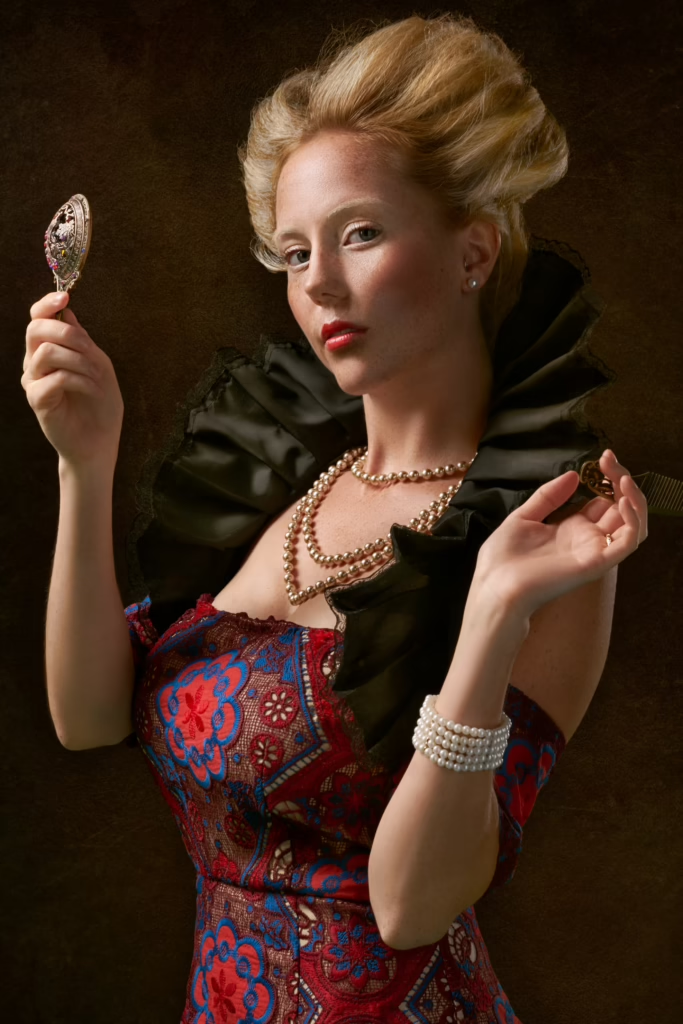
The History Behind the Hair
The Rise of the Pouf
In the 1770s, Marie Antoinette’s court stylist Léonard Autié created the iconic pouf hairstyle—a voluminous creation that rose several inches above the scalp. The pouf was supported by pads made of wire, fabric, and sometimes horsehair, then curled and powdered for a soft, cloudy effect.
Hair as a Message
Hairstyles weren’t just fashion—they were political. Marie Antoinette wore her hair to express loyalty, celebrate victories, or show off her personal taste. She once even wore a miniature model of a warship (coiffure à la Belle Poule) in her hair to honor a naval battle.
Powder, Pearls, and Panache
Typical 18th-century hairstyles used white powder (made of rice flour or starch), curls and ringlets, and decorative embellishments like feathers, pearls, ribbons, and even fruit or figurines. The goal was to dazzle and impress.
Marie Antoinette Hair Inspo: Iconic Elements to Recreate
1. The Pouf
The most recognizable Marie Antoinette hairstyle. To replicate it today, use a hair donut or wire roll to build volume at the crown. Tease hair and pin over the form, then add flowers, feathers, or a brooch at the front. Finish with a powdered effect using dry shampoo or white setting powder.
Modern variation: Keep the height but soften the edges. Add pearl pins for a wedding-ready style.
2. Side Ringlets
Romantic and playful, ringlets framed the face and softened the height of the pouf. Use a small-barrel curling iron or foam rollers. Part hair down the middle and curl face-framing sections. Pin behind ears or leave loose.
Modern variation: Use this as an everyday vintage-inspired hairstyle without the full updo.
3. Braided Crowns
Braids were often wrapped around the pouf or used to add texture. Create a loose French braid and pin it around the updo base. Decorate with ribbon or lace woven into the braid.
Modern variation: Turn it into a boho-chic milkmaid braid with floral accessories.
4. Rococo Romance Bun
This softer updo creates a romantic look without extreme volume. Create a low, messy bun and curl the loose strands. Add vintage-style pins or gold leaf clips. Use a light dusting of baby powder for that antique finish.
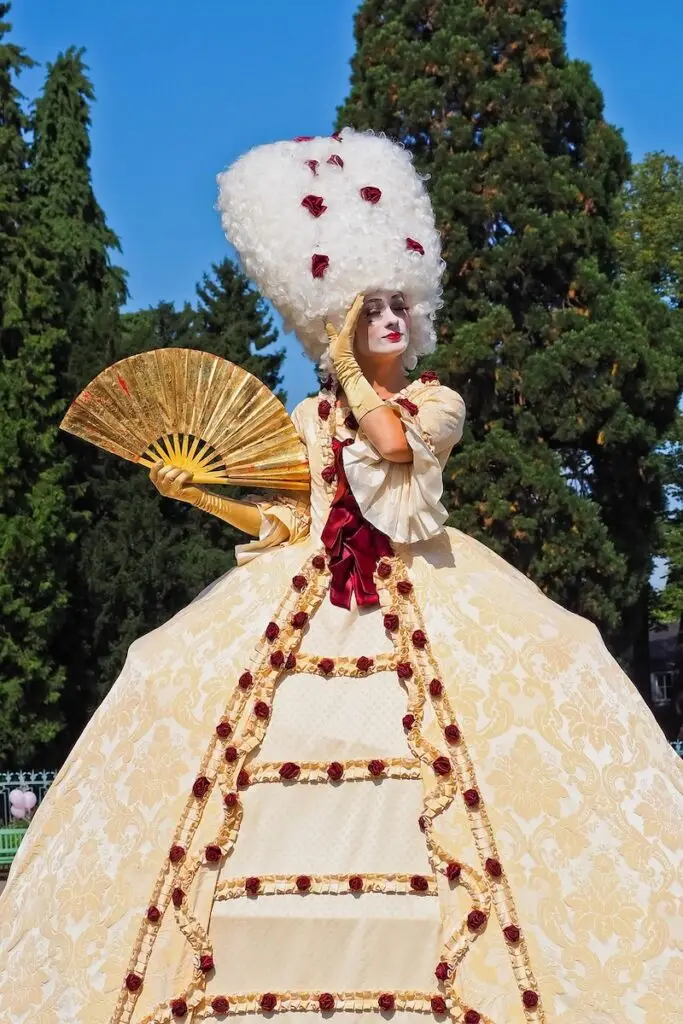
Tools You’ll Need
To build your own Marie Antoinette hairstyle at home, gather these essentials:
| Tool | Purpose |
|---|---|
| Teasing comb | Build height and texture |
| Bobby pins | Secure layers and curls |
| Hair donuts / rat rolls | Create the pouf |
| Hair extensions (optional) | Add fullness |
| Dry shampoo or baby powder | Achieve the powdered look |
| Decorative clips / ribbons / feathers | Complete the royal flair |
| Curling iron or rollers | Shape curls and ringlets |
| Strong-hold hairspray | Lock the style in place |
Step-by-Step Tutorial: Marie Antoinette Inspired Updo
Step 1: Prep and Texture
Start with unwashed hair or add texture spray for grip. Apply dry shampoo or a light layer of baby powder for that classic powdered effect.
Step 2: Tease the Crown
Take the top section of hair and backcomb with a teasing brush. Place a hair donut underneath and pin your hair over it, shaping it into a rounded crown.
Step 3: Style the Back
Pull the remaining hair into a low bun or French twist. Pin it securely to support the rest of the style.
Step 4: Add Curls and Accessories
Curl loose strands or front sections. Pin ringlets into place. Add feathers, fake flowers, a velvet ribbon, or a decorative comb.
Step 5: Set and Powder
Spray generously with strong-hold hairspray. Lightly dust more powder for a matte, vintage texture.
What About the Men? 18th-Century Hairstyles for Gentlemen
While Marie Antoinette and the women of Versailles were known for their towering poufs and lavish curls, the men of the French court were no less dramatic when it came to their hair. In fact, 18th-century male hairstyles were an art form all their own—steeped in fashion, formality, and flair.

Wigs Were Essential
For aristocratic men, wearing a wig (peruke or periwig) wasn’t optional—it was a mark of class, power, and refinement. These powdered wigs came in various shapes and styles, with the most common being:
- The Full-Bottomed Wig: A voluminous style with long, cascading curls down the shoulders. Popular earlier in the century, often worn by judges or high-ranking officials.
- The Queue Wig: A simpler, more manageable style tied back with a black ribbon into a “queue” or ponytail.
- The Bag Wig: A queue wig where the ponytail was placed in a small silk bag, often with rosettes or bows.
Powder Was Political
Like women, men powdered their wigs white or off-gray using flour or starch. Powder wasn’t just for looks—it was a sign of elegance and cleanliness. During the French Revolution, powder (and wigs in general) fell out of favor, viewed as symbols of aristocratic excess.
Natural Hair? Rare, but Rising
By the 1790s, influenced by Enlightenment thinking and revolutionary ideals, younger men began abandoning wigs in favor of shorter, natural hairstyles—sometimes curled and brushed forward, known as the “Brutus cut,” in homage to Roman republicanism.
Grooming Was High Maintenance
Men’s hair routines often included:
- Pomade made from animal fat or scented oils
- Hair powder applied with a puff or bellows
- Daily shaving of the scalp under the wig
- Scented ribbon ties, rosettes, and even jeweled pins
Styling Tip: Want to Recreate the Look?
Try tying your own hair (or a wig) into a low ponytail with a black silk ribbon and powder it with dry shampoo for a casual take on the classic queue. Add a ruffled shirt and waistcoat and you’ve got instant Versailles vibes.
Celebrity & Pop Culture Inspiration
Marie Antoinette’s hair has inspired countless modern stars and designers. Here are a few who’ve reimagined her style:
- Kirsten Dunst in Sofia Coppola’s Marie Antoinette – soft pastel wigs, romantic curls, and ribboned buns
- Lady Gaga – wore a Marie-style pouf for multiple stage performances
- Beyoncé – featured Rococo hair in the Why Don’t You Love Me video
- Vivienne Westwood – infused her punk runway shows with 18th-century hair and makeup aesthetics
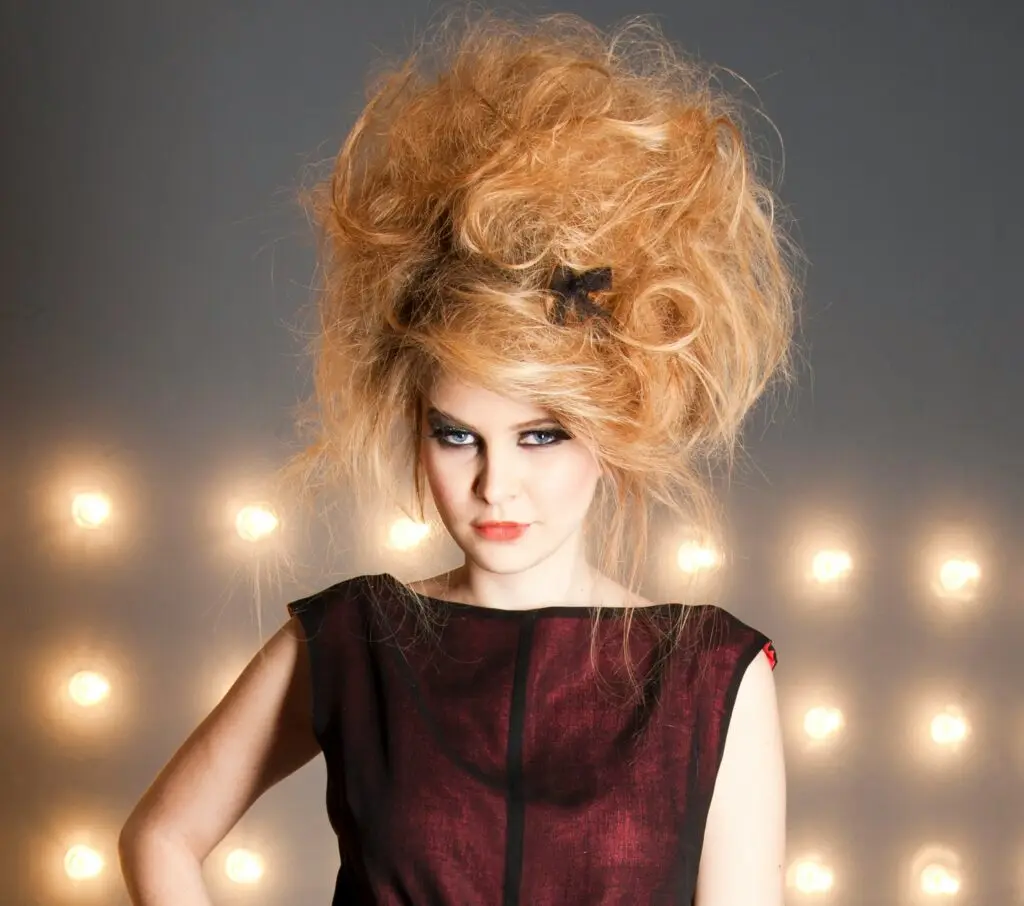
Accessorizing Like a Queen
To truly channel the look, your accessories matter. Consider:
- Feathers – ostrich plumes or faux white feathers
- Pearls – hairpins or draped strings
- Miniature hats – perched at an angle
- Ribbons and lace – woven through braids or pinned as bows
- Fans, flowers, or props – even a modern hair clip shaped like a ship or cameo adds fun historical flavor
Inspiration Boards: Marie Antoinette Hair Looks by Mood
Romantic Rococo
Soft pinks, pearl pins, low-volume pouf with flowing ringlets
Perfect for: spring weddings, date nights, garden parties
Dark Decadence
Black feathers, high teased volume, smoky makeup
Perfect for: gothic cosplay, Halloween, theater performances
Royal Couture
Sculpted pouf, metallic accessories, ultra-polished curls
Perfect for: fashion shows, photoshoots, gala events
Pastel Dream
Lavender or baby blue wigs, floral pins, glitter powder
Perfect for: costume balls, cosplay conventions, themed tea parties
Final Thoughts: Why Marie Antoinette Hair Is Timeless
More than just a style, Marie Antoinette hair represents transformation. It’s theatrical, unapologetic, romantic, and completely customizable. Whether you want to pay homage to her aesthetic or reinvent it in a modern way, the look offers unlimited possibilities.
And while she may have lost her head, her hair lives on—in pop culture, on runways, and in your next big hair moment.
Ready to Rule the Room?
So the next time you’re stuck on a hairstyle idea, ask yourself: What would Marie do?
She’d go big. She’d go bold. And then she’d add feathers.
Tag your creations with #MarieHairInspo to join the court of modern queens and vintage vixens alike.
